A Free Night at a Belgian Coal Mine, Blegny
I suspect we’ve got this travelling malarkey backwards ever since we bought our first camper! We should be grabbing a copy of Lonely Planet and reading up on the most interesting areas to visit. Instead we grab a copy of Camper Contact or the ACSI Camping Card books (or in reality the smartphone apps these days) and find a parking spot we like the look of. That’s how we ended up in the car park of a Belgian coal mine near Liège last night: they’d provided an official (and free of charge!) motorhome aire, so into the satnav the GPS co-ordinates went.
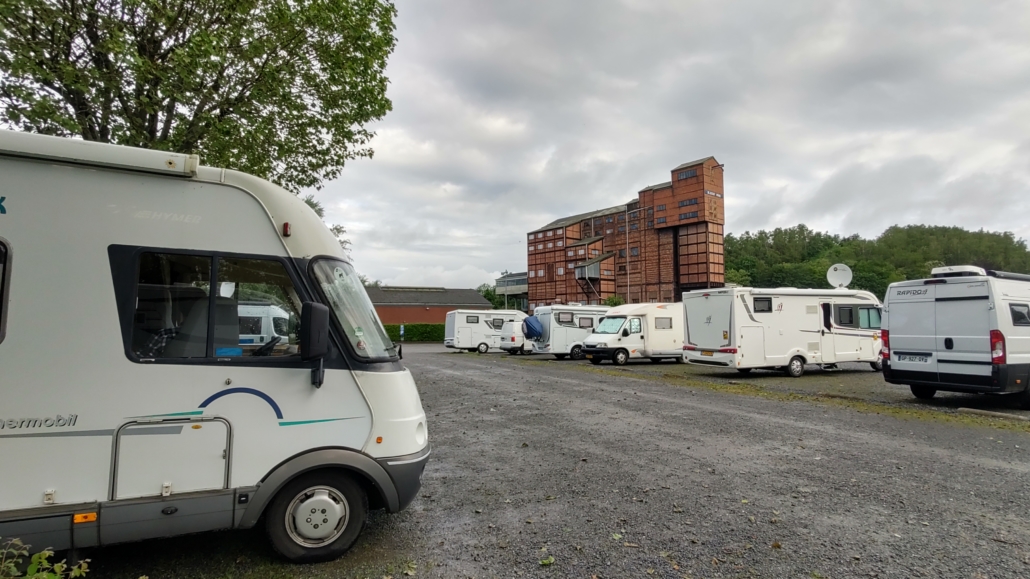
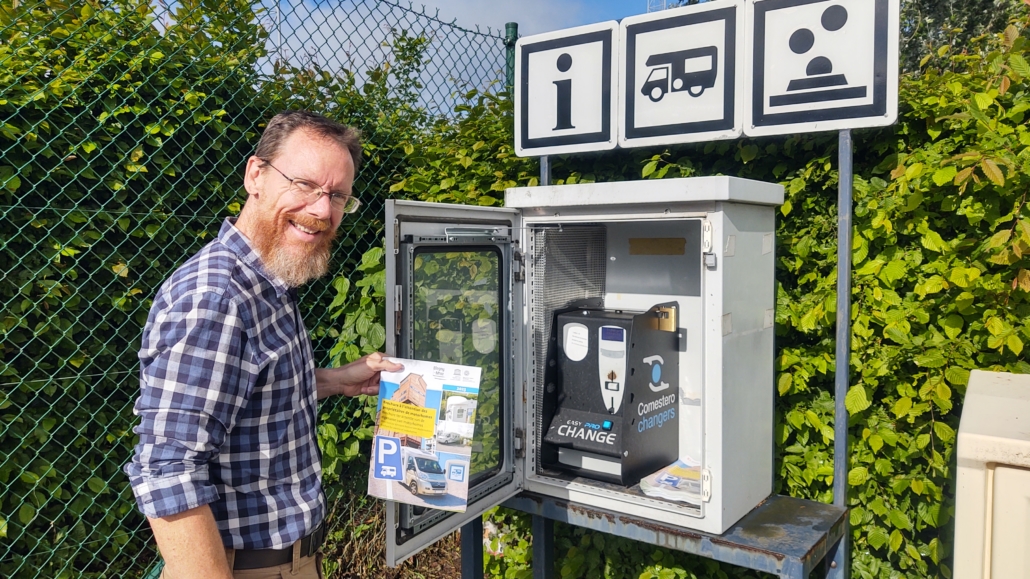
Motorhome signs at the entrance and alongside the parking area made us feel very welcome. But the sight of the brick-and-steel coal washing building was a far cry from the windscreen-full-of-vines we’d had a few hours before. The winding road, campsites and aires of the Moselle Valley proved a cracking place to tour by motorhome. We’d have stayed longer, but the clock’s ticking, and we want to have a crack at another parkrun event this Saturday. These don’t take place in France or Belgium, so we’ve opted to head north towards the Netherlands.
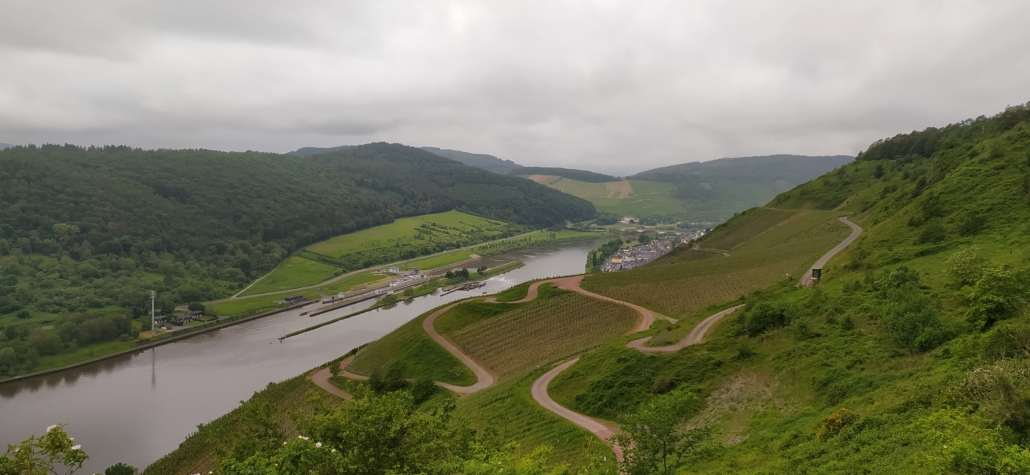
Under steady rain, we interrupted our autobahn ride with a goodies detour. Heading into a German village we passed a huge snowplough blade parked besides the road, waiting for winter. Finding a posh new Lidl we were a tad disappointed to find it didn’t have what we wanted. Alright, you got me, it didn’t have what I wanted: 0.0% Wiessbier, or the alcohol-free malt drinks I’ve been enjoying in Germany. I had to make do with some Perlenbacher 0.0 Extra Herb lager, although I’ve no idea what the herb bit’s about.
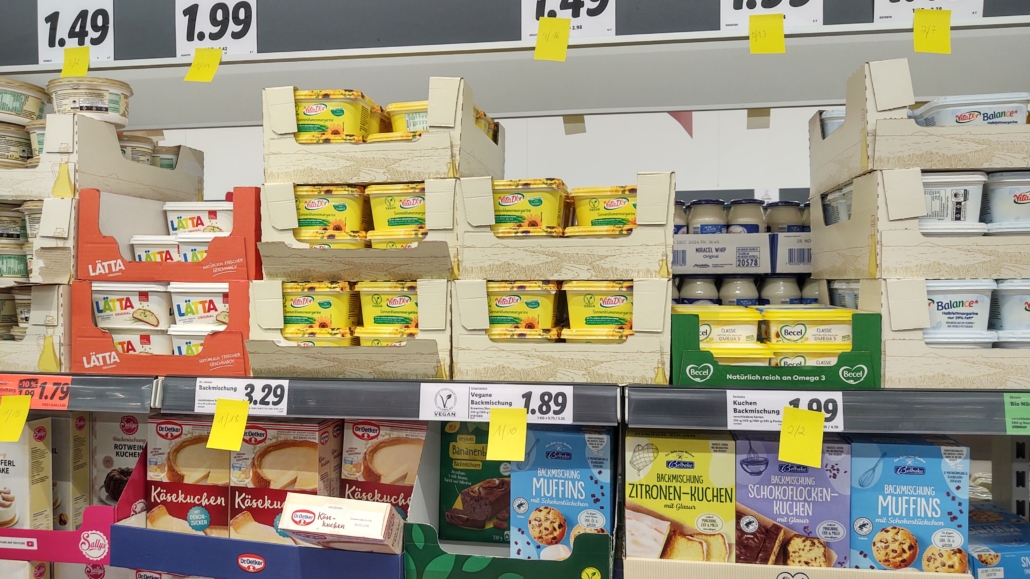
More autobahn, a long stretch of A road and then the free-of-charge Belgian motorway carried us north into the depths of Wallonia. Heading through the Ardennes, thick forest covered the flowing hills alongside us. Zagan had to be slipped into 4th a time or two on the climbs to maintain a semblance of motorway-like speed. Signs for the Spa racing circuit and historic town eased past.

Nothing else of note happened. Oh, except for an impatient fella who, caring not a jot for rights-of-way, attempted to squeeze both his truck and our van into a space around 3 inches wider than our combined girth. I halted the Zagan Wagon and watched in the mirror as he crawled past, saving himself about a nanosecond. We were clearly back in civilisation folks!
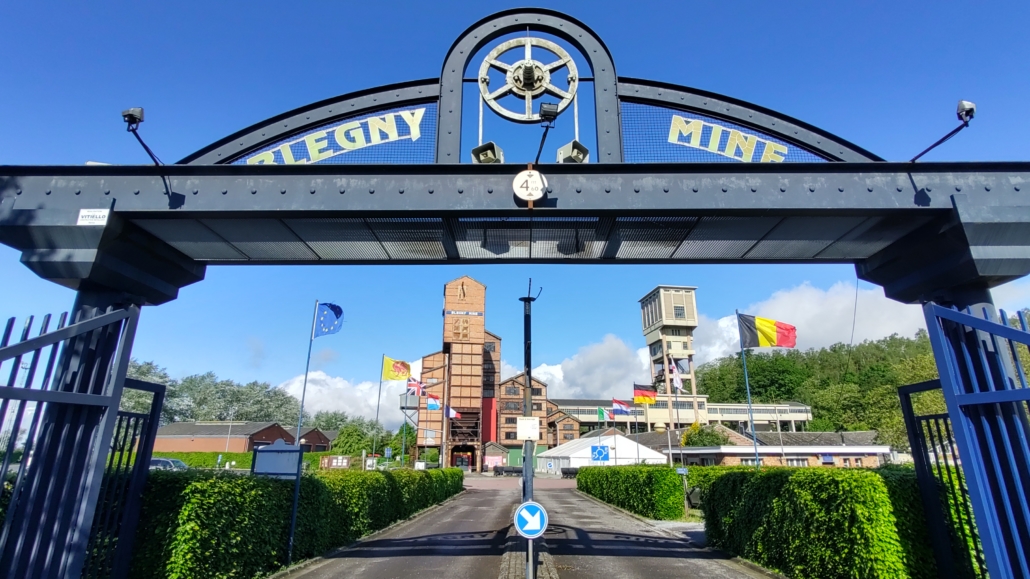
The photo above was taken this morning. When we arrived it was persisting it down, so we backed into a space and had lunch with the rain drumming off the roof. I took a brief look around yesterday, but was getting soaked so saved the place for this morning when the sun broke through.
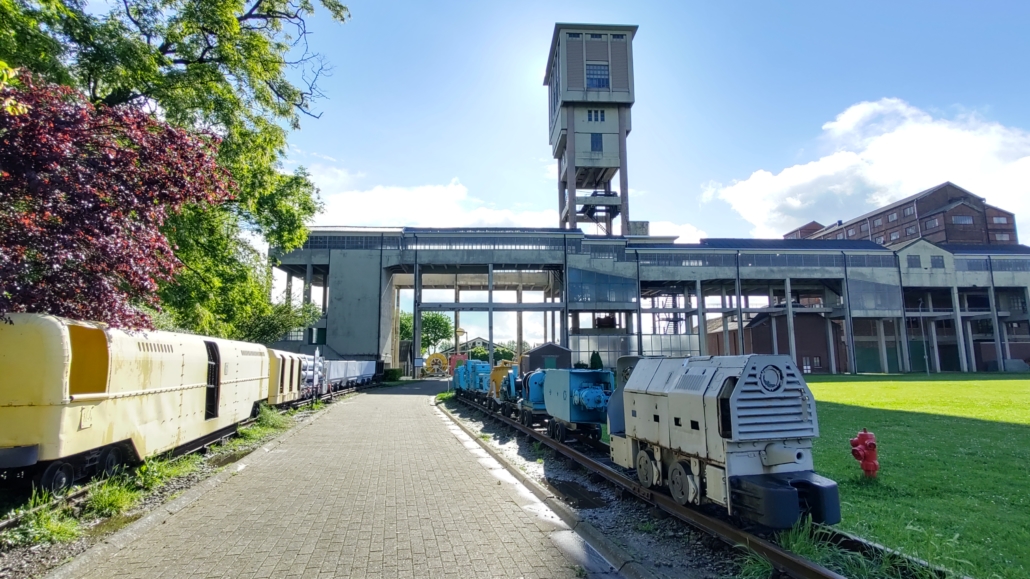
The mine stopped producing coal in 1980 and was converted into a museum, now on the UNESCO world heritage list (www.blegnymine.be/en/little-bit-history). The shaft and parts of the workings at 30m and 60m below ground remain open, and you can don a helmet and head down on a tour for €16 apiece.

My dad Keith spent decades working the face on coal mines in the UK. I can recall his rock-hard body from all the weight lifting he did on endless-long shifts (he’s down to about 1/3 of a lung these days but is still physically stronger than I am). So I’m lucky and have exclusive access to someone who can tell me a thing or two about the subject.
I’ve also been down a couple of mines in the past, so we opted to skip the tour and just take into the above-ground parts of the site (these guys went down if you want to see photos from beneath). Almost all sign of the pits around us at home have been wiped from the Earth, and it was nice to be able to look around a site once used for similar purposes. It took me back to my childhood.
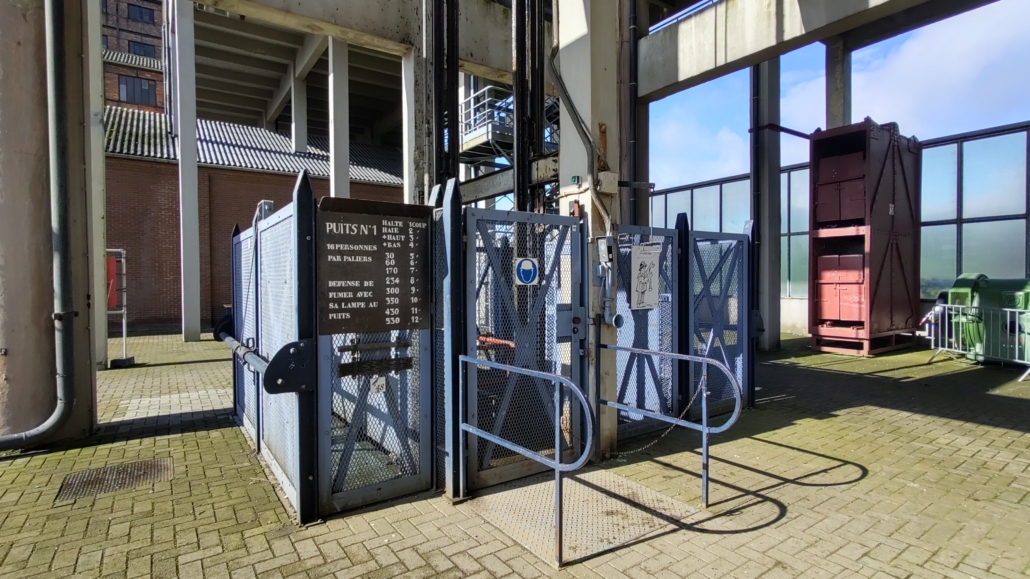
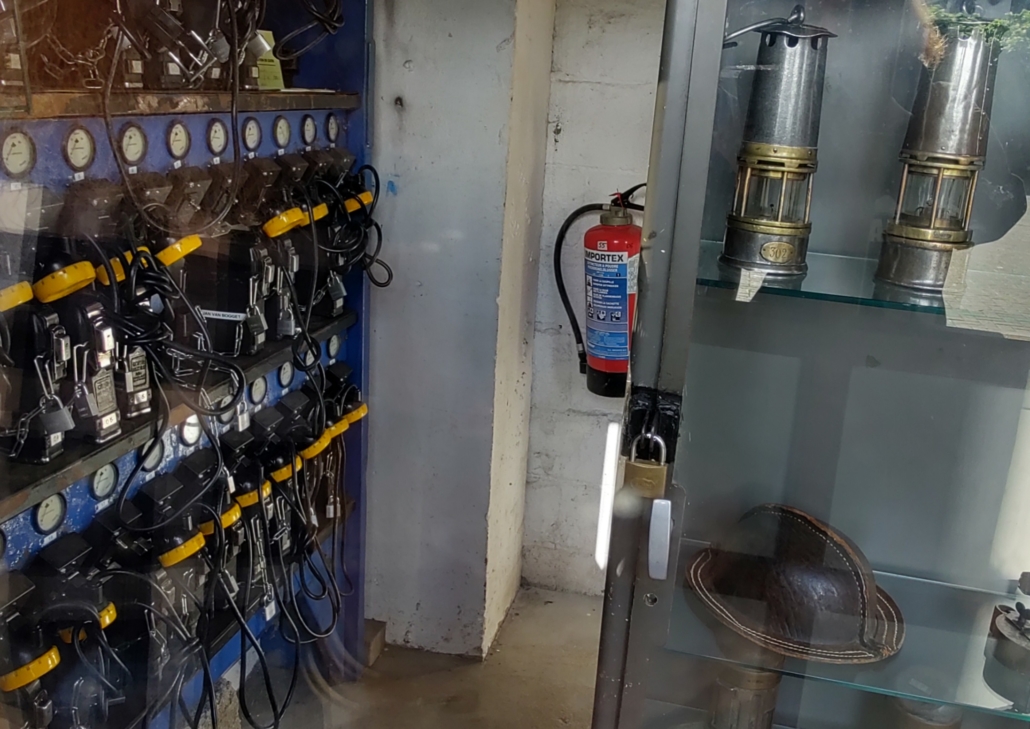
Let’s not kid ourselves, these buildings are UGLY. Designed to be functional, they got the miners down, and the coal and unwanted bits of rock up. The former was washed, broken into smaller pieces by hand and carried away by lorry. The latter was piled up alongside the mine. Called a “dot ‘ill” in Notts dialect, there are some very large ones around where we live at home, a few of which we have the ‘pleasure’ of running up and down where the mine has been turned into a country park.
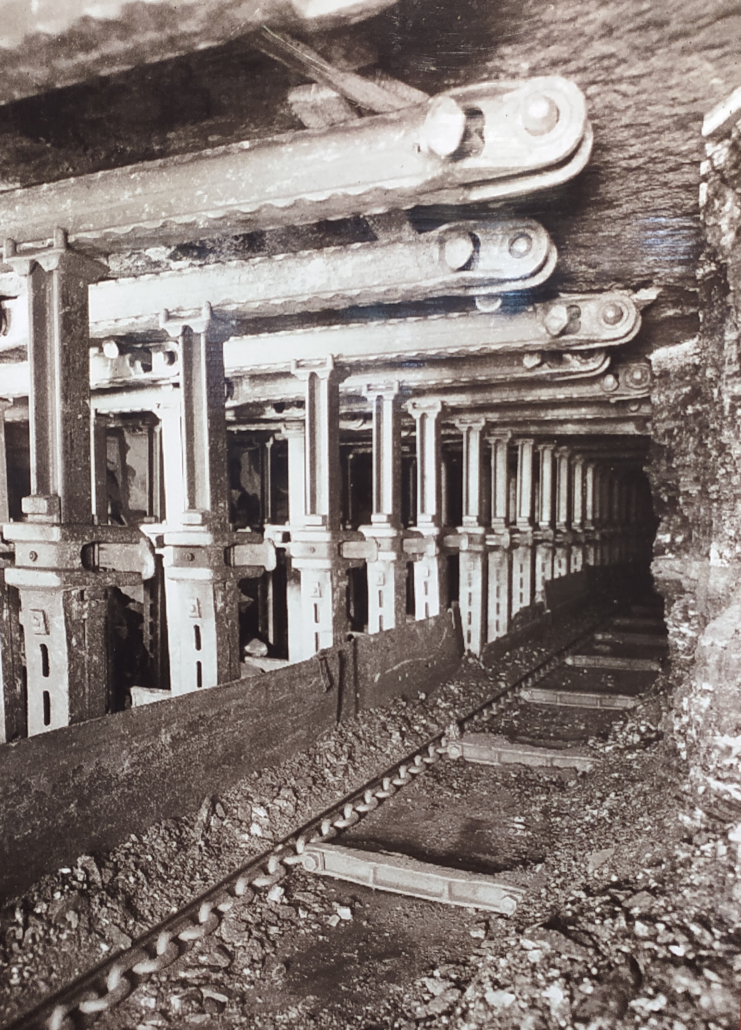
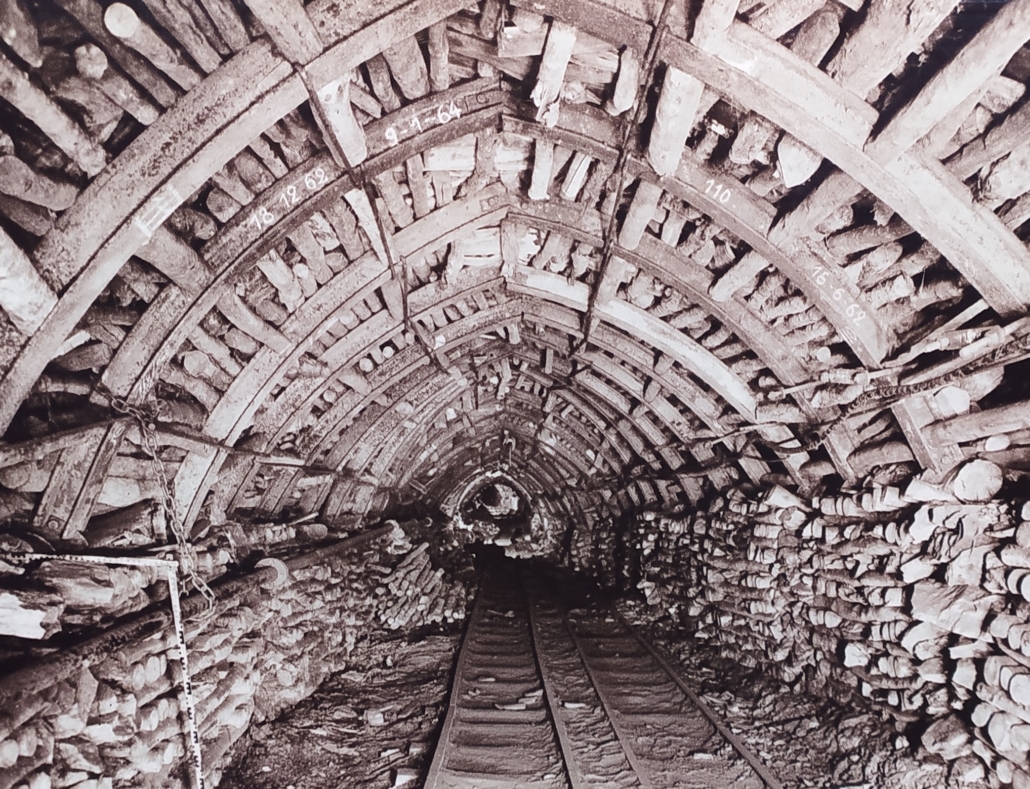
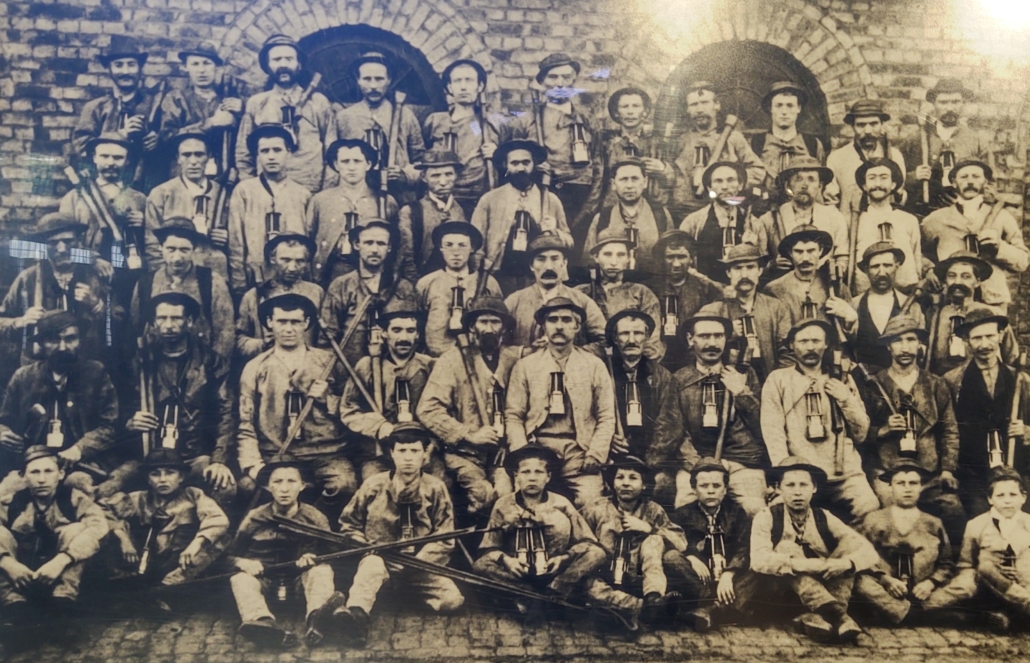
The flat areas around the site are now used for parking, a petting zoo, mining-themed mini-golf and a children’s play park. It’s a lovely location. Guard your nippers though, there are are bits and pieces of machinery spread around, as well as narrow gauge trains used to move men and machinery along the coal seams. Photos show what the mine looked like in action. It all looks pretty lethal and uncomfortable to me, and if you didn’t know precisely what you were doing that’s exactly what it was.
My dad loved the camaraderie and was very experienced, but even he suffered a broken back down there, among other injuries. I’ll be grateful to the end of my life he did that job for our family by the way. He grafted and grafted, down there in the sweat, blood, muck and darkness. He earned money the hard way and, along with my hard-working mum, supported me to go to university which led to me enjoying a really great life.
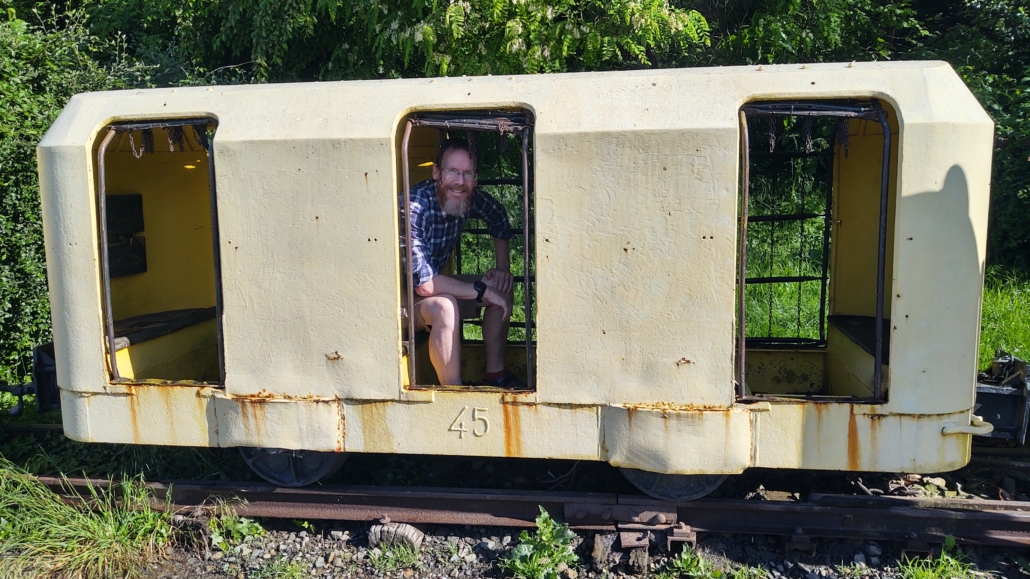
One poster that particularly struck me showed where the workers came from for Blegny. Two thirds of them were foreigners, from Italy, Spain, Turkey and Morocco mainly. They must have been among the toughest of men, pushed by poverty to either leave their families behind or move them from everything they knew, for a life of danger and darkness.
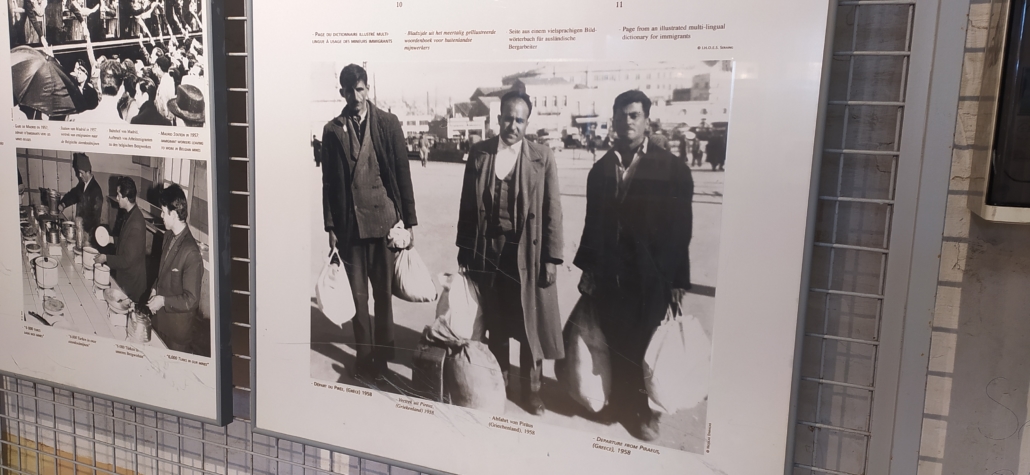
So, if you’re heading past Liege in Belgium and fancy a unique experience, or just a free night’s kip in your motorhome, look up Blegny Mine. We had a great night’s kip there too before taking off further north into Dutch-speaking Flanders.
Cheers, Jay




Yes, a good place to visit. It was the amount of migrant workers being shipped in from the likes of Greece which struck me. The community and camaraderie was also apparent. The roads in that area of Belgium had me googling though! Apparently Wallonia is one of the poorer areas and doesn’t enjoy the wealth that is concentrated further north. Lay-bys with not even a toilet we’re classed as service areas!
Thanks Catherine – it gets you thinking – economic migrants are given a very bad rap these days? We’re parked in a free Aire alongside a very posh Belgian town at the moment. But I’ve worked in Belgium before, at an ancient power station next to an abattoir, and have seen the poorer side of the place. The roads have been good for us though, so far! We’ll be crossing the country again next week so will be grateful we have an on-board loo! Cheers, Jay